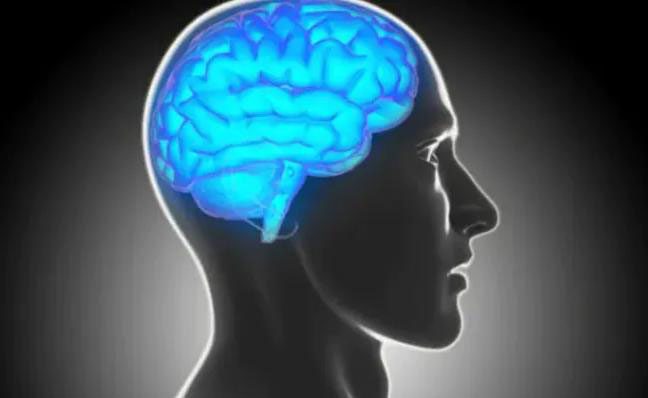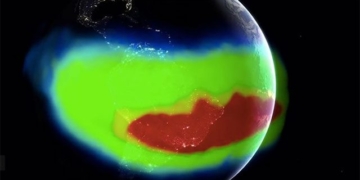According to new research, the brain’s waste disposal system can be activated after stressful neural activity.

The brain’s waste disposal system contains cerebrospinal fluid – (Photo: NDTV).
This finding contrasts with previous studies that suggested the brain could eliminate toxins during sleep.
According to New Scientist, Dr. Laura Lewis’s research team at Boston University in Massachusetts (USA) utilized various tools, including existing scanning techniques and magnetic resonance imaging (MRI).
They asked 20 volunteers to view a screen displaying a pattern that could stimulate high brain activity: a flashing black and white spiral checkerboard.
For about an hour, the screen was continuously turned on and off approximately every 16 seconds.
Tests showed an increase in blood flow among the volunteers.
When the screen turned dark, blood flow decreased, and the flow of cerebrospinal fluid (CSF) into the brain increased.
“It is truly surprising that researchers found evidence of brain detoxification activity in awake individuals,” said Dr. Edoardo Rosario de Natale at the University of Exeter in the UK.
Stephanie Williams, a member of the research team at Boston University, stated: “An open question remains whether the cerebrospinal fluid goes directly into brain tissue or flows around the ventricles. But we certainly think it affects the cerebrospinal fluid in the rest of the brain.”
Researcher Lewis mentioned: “Currently, we are very interested in understanding the impact of these changes in cerebrospinal fluid and how it interacts with brain health.”




















































